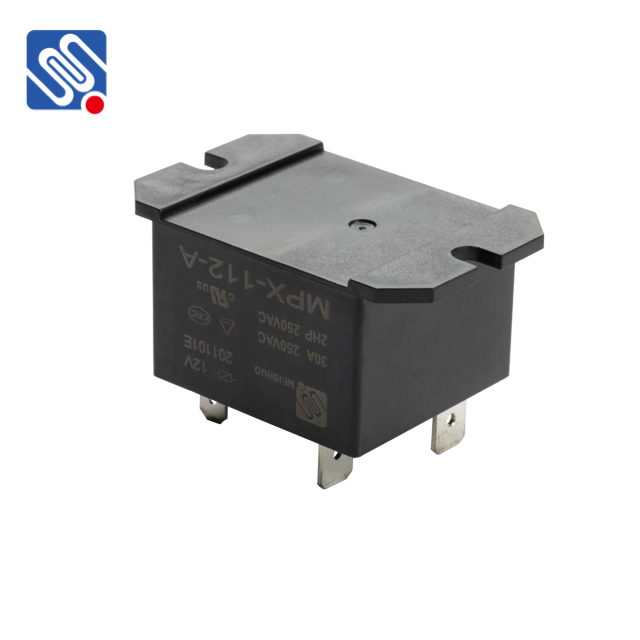understanding the 220v 30a relay: features, applications, and benefits
Release time:2025-03-25 15:30:20
A 220V 30A relay is an essential component in electrical systems, offering a reliable and efficient way to control high-voltage circuits. As an electromechanical device, it acts as a switch that can open or close a circuit when triggered by a low-voltage signal. This article will explore the features, applications, and benefits of the 220V 30A relay, highlighting its significance in various electrical systems.

What is a 220V 30A Relay?
At its core, a 220V 30A relay is a type of relay that can switch up to 220 volts and handle a current of 30 amperes. Relays are typically used in automation systems, home appliances, and industrial machinery, where they control the flow of electricity to different parts of a system. The 220V refers to the voltage rating, indicating that the relay is designed to safely operate in circuits with a voltage of 220 volts. The 30A specification refers to the maximum current the relay can handle, which is 30 amperes.
Relays like the 220V 30A type usually have a coil and a set of contacts. When a voltage is applied to the coil, it generates a magnetic field, which causes the contacts to either open or close, thereby controlling the electrical circuit. This allows the relay to act as a switch, turning various components or systems on or off as needed.

